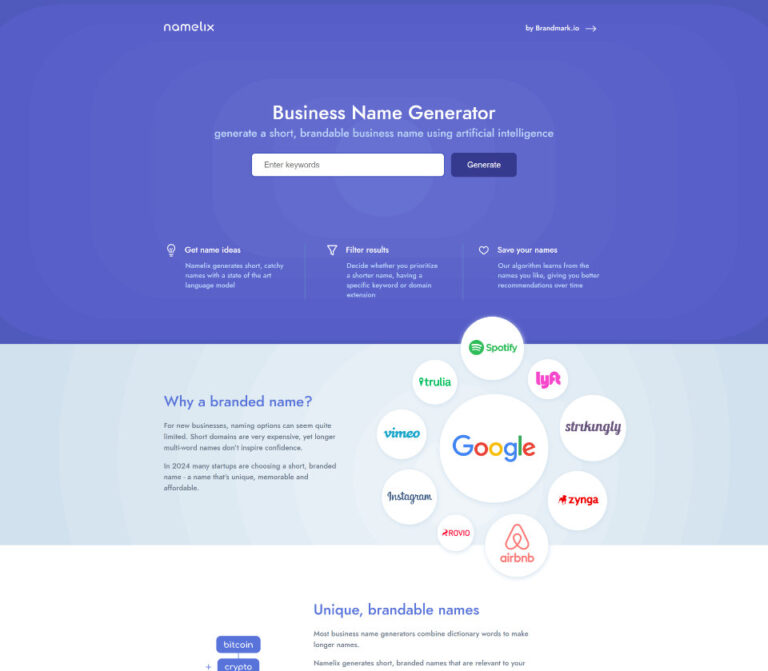How to Create a Dream Client Avatar as a Coach
As a coach, you probably hear the phrase “know your audience” all the time. But here’s the truth: until you define your client avatar, your message may feel like it’s floating in the wind. A client avatar is a clear, detailed picture of your dream client.
The person who needs your gifts, values your work, and is ready to invest in transformation. Without it, marketing feels vague and scattered. With it, everything clicks: your website copy, your offers, and your social media posts suddenly speak to the right people.
In this guide, I’ll walk you through how to create a dream client avatar as a coach, step by step. By the end, you’ll not only understand who your ideal client is but also feel confident tailoring your business to meet them exactly where they are.
Why a Client Avatar Matters for Coaches
Before you can serve your audience deeply, you need to know who they are. Many coaches skip this step, thinking they’ll “figure it out as they go.” But creating a client avatar brings clarity that saves time, energy, and frustration.
A client avatar helps you:
- Write copy that feels personal and compelling.
- Design programs that address real needs.
- Show up confidently on social media with a consistent message.
- Attract clients who align with your values, rather than trying to be everything to everyone.
💡 Quick Tip: If you’ve ever felt like you’re shouting into the void online, revisit your client avatar. Chances are your message isn’t missing — it’s just not landing with the right person.
Step 1: Define the Basics of Your Client Avatar
Start by sketching out the foundational details. These may seem simple, but they’re the building blocks of a strong client avatar.
Consider:
- Demographics: age, gender identity, location, family status.
- Career: Are they professionals, business owners, or stay-at-home parents?
- Education and income: What level of investment feels comfortable?
This isn’t about boxing people in, it’s about grounding your dream client in reality so you can speak their language. When you picture your client avatar, you want to feel like you’re talking to a real person, not a vague “anyone who needs coaching.”
Bringing Your Client Avatar to Life
Instead of saying, “My client is a woman between 30–50,” you might write:
“My client avatar is Sarah, a 42-year-old therapist who feels called to expand her practice into coaching. She’s successful in her field but struggles with confidence when it comes to online visibility.”
See how much clearer that feels?
Step 2: Identify Pain Points and Desires
Your dream client avatar isn’t just about who they are — it’s about what they need. The key is to identify both their struggles and their goals.
Ask yourself:
- What keeps them awake at night?
- What are they frustrated with?
- What do they secretly dream about achieving?
- How does their life change if they work with you?
✨ Try This: Journal as if you are your client avatar. Write a page starting with: “I’m so tired of…” or “If only I could…” This helps you step into their shoes and hear their voice.
When you truly understand both pain points and desires, your marketing shifts from sounding generic to sounding like a personal invitation. That’s the magic of a client avatar.
Step 3: Understand Mindset and Values
Demographics tell you “who,” and pain points tell you “what.” But the most powerful part of a client avatar is uncovering the why. This is where mindset and values come into play.
Does your dream client value freedom, stability, family, creativity, or growth? Do they believe in holistic wellness, or do they lean on data-driven decisions? Knowing this helps you create coaching offers that don’t just solve problems but resonate with their worldview.
Client Avatar and Emotional Connection
When you describe your client avatar, weave in emotions:
- Fear: What are they afraid of losing?
- Hope: What transformation excites them?
- Barriers: What doubts might hold them back from hiring you?
🎯 Pro Insight: The better you understand your client avatar’s inner world, the easier it becomes to build authentic trust. People don’t buy coaching for surface-level reasons. They commit because they feel seen, understood, and supported.
Step 4: Name and Visualize Your Client Avatar
Here’s a fun and surprisingly effective step: give your client avatar a name, even a photo if you like. Coaches often resist this, but it works wonders. When you sit down to write an email or record a podcast, imagine you’re speaking directly to “Sarah” or “James.”
Visualization keeps your marketing consistent and authentic. Instead of wondering, “Will this resonate?” you’ll know, because you’ve already designed your message with your client avatar in mind.
Using Your Client Avatar in Daily Business
- When you write copy, ask: “Would this grab Sarah’s attention?”
- When creating an offer, check: “Does this solve James’s main frustration?”
- When planning content, think: “What question would my avatar be Googling today?”
Over time, this practice makes your message magnetic to your dream clients — the ones who feel like you’re speaking straight to their soul.
Step 5: Evolve Your Client Avatar as You Grow
Your client avatar isn’t set in stone. As you evolve as a coach, so will your ideal client. Maybe at first you serve beginners, but later your sweet spot becomes advanced leaders. Or maybe your niche shifts as your own expertise deepens.
Revisit your client avatar every 6–12 months. Ask:
- Have my best clients changed in any way?
- Do I enjoy working with a different type of client now?
- Is my message still aligned with my business vision?
This ensures your marketing stays fresh and relevant, and it keeps your work fulfilling.
How My Coach’s Dream Client GPT Can Help
Here’s the exciting part: you don’t have to figure this out alone. Many coaches struggle with defining their client avatar because it feels overwhelming to pull all the pieces together. That’s why I created Coaches Dream Client GPT — a guided tool that helps you design your avatar step by step.

Think of it like sitting down with a supportive partner who asks you the right questions, prompts your creativity, and organizes your answers into a clear, detailed profile of your dream client. Instead of staring at a blank page, you’ll walk away with a usable avatar you can return to whenever you create offers, content, or copy.
Using Coach’s Dream Client GPT means:
- No more guessing who your audience really is.
- A consistent voice across your website, emails, and social media.
- A clear direction for building offers that attract your dream clients.
It’s like having a clarity session on demand — and it can save you hours of frustration.
Wrapping It Up: Your Client Avatar is the Foundation
Creating a client avatar is more than a branding exercise — it’s the heart of your coaching business. When you know who you’re speaking to, you stop watering down your message and start showing up with confidence and clarity.
Remember, your client avatar isn’t a box to squeeze people into. It’s a tool to help you see, hear, and serve your dream clients more deeply. And if you want a little extra guidance, my Coach’s Dream Client GPT can walk you through the process with ease.
Take the time to sketch out yours this week. The more real it feels to you, the more real you’ll feel to the people you’re meant to reach.
Takeaways:
- A client avatar gives you focus, clarity, and confidence.
- Define demographics, struggles, values, and desires.
- Revisit and refine as you and your business grow.
- Use Coach’s Dream Client GPT to simplify and speed up the process.

About The Author
Avis Williams is a digital product creator, WordPress designer, and coach. She is the founder and writer of Start Build Launch. With over ten years of graphic/web design and digital marketing experience, she aims to help solopreneurs set up and launch their businesses.





